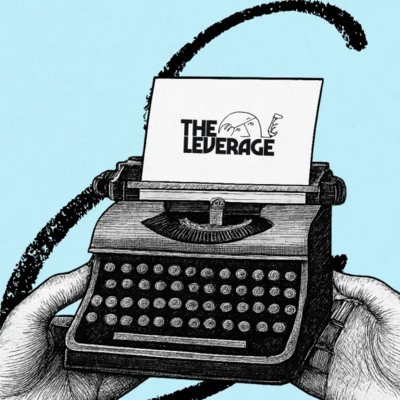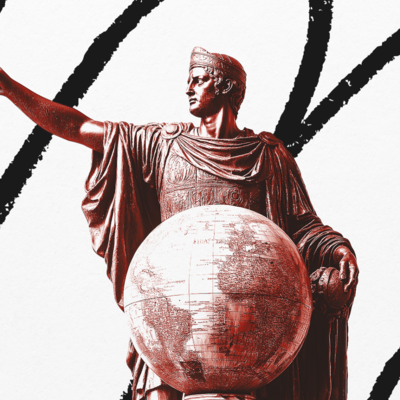
TL;DR
- This piece was informed by conversations with multiple growth practitioners in video game companies.
- Free to Play video game companies, by the structure of their market, are faced with the choice to either A) create addictive products that rob a select group of users large amounts of funds, or B) exit the business entirely.
- This is because their model doesn’t work at all without “whales”—high spenders that are manipulated through product design.
- This isn’t just limited to free-to-play video games. All companies land somewhere on the spectrum of harm. As each of us grow our companies, we must ask ourselves how we are causing hurt and if that tradeoff is justifiable.
Walking into the office, you would have no idea that the company was being held hostage by their business model. This was a top-three mobile gaming company in the U.S., just on the verge of releasing their newest game, with multiple major hits under their belt. The receptionist greeting me at the front desk matched her glaringly yellow company shirt with an equally incandescent, aggressively white-toothed smile. To her left and right sat fishbowls filled to the brim with strawberry flavored Laffy Taffy. Beyond her, workers lounged in bean bag chairs, chatting amicably with colleagues. My Midwestern sentimentality for everything pleasant buzzed. Not an inkling of the interview I was headed into that would end up testing my Minnesota Nice politeness to its extreme.
The position I was being recruited for was a “Strategy and Growth Manager.” Note: I am aware that the title is a Frankenstein’s monster of corporate gobbledygook that means absolutely nothing. My whole career has been spent in generically named roles like this, but in cavemen speak, when you hire me it is to “make company more money faster please.” It is a good career and one that has kept me intellectually engaged.
There is a downside to this type of job. My mandate is to make revenue go up and to the right, in whatever manner is most effective. Most of the time that isn’t a huge issue! My hometurf of B2B software isn’t all that world-changing and is delightfully dull. However, in the business of this game studio, you are dealing with individual consumer’s very limited time, attention, and money. When this happens, things tend to go… wonky. Individual wellbeing may be considered by management but is never an incentivized outcome.
My experience interviewing at this company acts as a good demonstration of the tension inherent in the desire to grow. All industries are held subject to the power structure of their market. When you add competitive dynamics into the mix, it can mean that an organization sometimes has no choice but to make morally dubious decisions (assuming they want the business to survive). This is true of all companies, not just mobile games! At a certain scale, every product/organization will end up hurting someone. There is always a percentage of the population that will be the recipients of direct or indirect negative effects from an organization operating.
Let’s start by going back again to this video game interview and use them as a case study about the complications of growth.
No really, I speak whale
When I finally sat down with my interviewer, a sharp-eyed former management consultant from BCG, she began to explain to me the basic business model of a free-to-play (F2P) game. In the world of video games, there is one mythical creature that you want to pursue to make money: the “whale.” The whale is an individual who, for whatever reason, chooses to spend hundreds, if not thousands, of dollars on in-game purchases. These angels of revenue are so heralded because there is no capped upside. In contrast with a typical video game, where you would try to get as many people as possible to make a one-time purchase of $60 bucks for a game, a F2P game focuses on getting as many free people as they can playing. Once they are playing, companies will focus on selling as many digital goods as possible. While there is an upper limit on how much you can charge for a game, there is no limit in the number of meaningless digital tokens you can hock.
As in lots of tech companies, the business is driven by power laws. The majority of the F2P industry exists on the back of this very, very small percentage of its total player base. All that matters is getting and keeping whales.
To illustrate why this business model works so well, let’s do a little Napkin Math. Note: I validated this model with several friends who are in the video game industry. The distribution here is generous toward people paying and is leaner for the average game but it makes my point easier to understand.
Let’s assume you magically start with a million monthly active users. Your revenue breakdown will typically look like this:
The vast majority of your users will be free. You can kinda monetize them with ads, but you are really only going to see a buck or two of revenue per month per user. The real money is found in the in-game digital purchases. These are the skins on Fortnite characters, an extra life in Candy crush, etc.
The group of people willing to spend money might be small, but boy are they mighty:
The Only Subscription
You Need to
Stay at the
Edge of AI
The essential toolkit for those shaping the future
"This might be the best value you
can get from an AI subscription."
- Jay S.
Join 100,000+ leaders, builders, and innovators

Email address
Already have an account? Sign in
What is included in a subscription?
Daily insights from AI pioneers + early access to powerful AI tools












Comments
Don't have an account? Sign up!